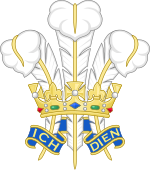Moratuwa is a large municipality in Sri Lanka, on the southwestern coast of Sri Lanka, near Dehiwala-Mount Lavinia. It is situated on the Galle–Colombo main highway, 18 km (11 mi) south of the centre of Colombo. Moratuwa is surrounded on three sides by water, except in the north of the city, by the Indian Ocean on the west, the Lake Bolgoda on the east and the Moratu river on the south. According to the 2012 census, the suburb had a population of 168,280.

Established in 1870 as the Colombo Medical School, the Faculty of Medicine of the University of Colombo, is the second oldest medical school in South Asia. It is considered to be the top most medical faculty in the country which requires the highest entry qualification in GCE Advanced Level examination.
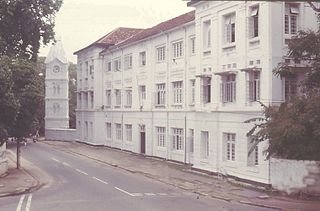
Ceylon Medical College was a public medical school in Ceylon. The college was established in 1870 as the Colombo Medical School. The college was based in Colombo. The college was merged with Ceylon University College in 1942 to form the University of Ceylon. The medical college became the university's faculty of medicine. The college was also known as Colombo Medical College.

Education in Sri Lanka has a long history that dates back two millennia. While the Constitution of Sri Lanka does not provide free education as a fundamental right, the constitution mentions that 'the complete eradication of illiteracy and the assurance to all persons of the right to universal and equal access to education at all levels" in its section on directive principles of state policy at (27. Sri Lanka's population had an adult literacy rate of 96.3% in 2015, which is above average by world and regional standards. Computer literacy in 2017 28.3% and phone users in 2017 105%, website users 32% in 2017. Education plays a major part in the life and culture of the country, which dates back to 543 BC. Sri Lanka's modern educational system modeled after Christian missionary system was brought about by its integration into the British Empire in the 19th century. Education currently falls under the control of both the Central Government and the Provincial Councils, with some responsibilities lying with the Central Government and the Provincial Council having autonomy for others.
De Soysa International Cricket Stadium is a multi-use stadium in Moratuwa, in southwestern Sri Lanka. It is currently used mostly for cricket matches. The stadium holds 15,000 people and hosted its first Test match in 1992. The ground opened in 1940 and gained Test status in 1979. Moratuwa, located just eight miles (13 km) south of Colombo is renowned for its carpentry, cricket and its philanthropists. Indeed it was the most famous of these families that initiated the development of De Soysa Park Stadium, when they donated the 5 acre plot of land to the Urban Council in 1940, to develop the Sports Complex. An additional 2 acres were sold under its market value by another member of the family. The ground was named De Soysa Park and subsequently used mainly for Moratuwa Sports Club (MSC) and school competitions.
Deshamanya Priyani Elizabeth Soysa was a Sri Lankan scientist who was Emeritus Professor of Paediatrics of the University of Colombo and the first woman to be appointed to a professorial chair in Sri Lanka.

Dr. Cristopher William Wijekoon Kannangara was a Sri Lankan Lawyer and a politician. He rose up the ranks of Sri Lanka's movement for independence in the early part of the 20th century. As a lawyer he defended the detainees that were imprisoned during the Riots of 1915, many of whom were the emerging leaders of the independence movement. In 1931, he became the President of Ceylon National Congress, the forerunner to the United National Party. Later, he became the first Minister of Education in the State Council of Ceylon, and was instrumental in introducing extensive reforms to the country's education system that opened up education to children from all levels of society.

Charles Henry de Soysa Dharmagunawardana Vipula Jayasuriya Karunaratna Disanayaka popularly known as Charles Henry de Soysa, JP was a Ceylonese entrepreneur and philanthropist. He was a pioneering planter, industrialist and was the wealthiest Ceylonese of the 19th century. He was instrumental in the establishment of the first Ceylonese bank, the Moratuwa carpenters guild, the Ceylon Agricultural and National Associations. He is widely regarded as the greatest philanthropist of the island for contributions which includes the De Soysa Maternity Hospital, the Prince and Princess of Wales Colleges, the Model Farm Experimental Station and many other institutions and acts of charity, establishing infant-maternal healthcare and secular education for girls in the country. He would have been the island's first Knight Bachelor, but having died prior, his widow was given the rare honor of the use of the style and dignity of wife of the Knight Bachelor and was known as Catherine, Lady de Soysa.
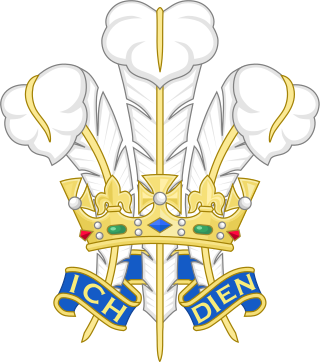
Prince of Wales' College is a selective-entry boys' school in Moratuwa, a suburb of Colombo, Sri Lanka. Prince of Wales College, Moratuwa, was founded and endowed in 1876 by Sir Charles Henry de Soysa, a famous 19th century Sri Lankan philanthropist and was named in honour of Prince Albert, Prince of Wales
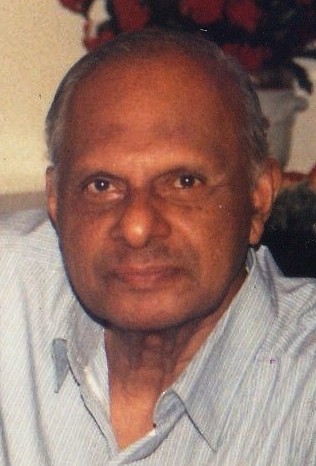
Deshamanya Vernon Loraine Benjamin Mendis was a prominent Sri Lankan diplomat, who served as the United Nations' Special Envoy to the Middle East. He is referred to as the Sri Lanka's Father of Diplomacy due to his role in formation of the country's diplomatic service and has served as Sri Lankan High Commissioner to the United Kingdom, Canada; Ambassador to France, Cuba and Secretary General of the Non Aligned Movement.

St. John's College is a school in Panadura, Sri Lanka, that was founded in 1876. It is a National school with a student population of 3500 and staff of about 150
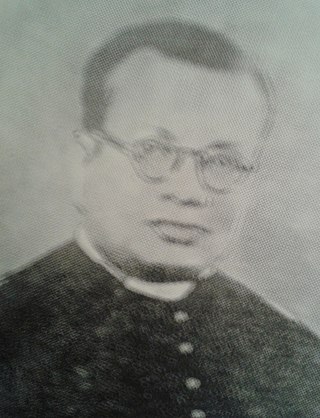
Charles Harold Wilfred de Soysa MA (1907-1971) was the first Ceylonese Anglican Bishop of Colombo, Sri Lanka.
Saifee Villa is a mansion at 102, Thurstan Road in Colombo 03, Sri Lanka, located between Thunmulla Junction and College House, Colombo.
Higher education in Sri Lanka is an optional final stage of formal learning following secondary education. Higher education, also referred to as tertiary education occurs most commonly universities or degree-granting institutions. These may be public universities, public and private degree-granting institutions which award their own degrees or degrees from foreign universities. High visibility issues include limited capacity of public universities to cater for the demand and opposition to private universities from certain segments.
St. Sebastian's College is a Catholic educational institution in Moratuwa, Sri Lanka, established in 1854.
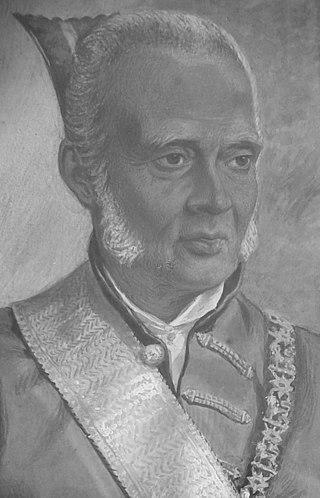
Gate Mudaliyar Jeronis de Soysa was a pioneering Ceylonese entrepreneur and philanthropist. He was a pioneer coffee planter and an industrialist who became the wealthiest Ceylonese of the 19th century by establishing the largest native commercial enterprise of the era. He was instrumental in the establishment of the first Ceylonese bank and is often referred to as a father of private enterprise in British Ceylon. He was the first Mudaliyar to be elevated in recognition of his philanthropy.
Sir Lambert Wilfred Alexander de Soysa also known as Sir Wilfred de Soysa was a Ceylonese entrepreneur, landed proprietor and philanthropist. He was the seventh son of Sir Charles Henry de Soysa and Lady Catherine de Soysa. Born at Alfred House Colombo and educated privately, then at Royal College, Colombo and Prince of Wales' College, Moratuwa, he completed his studies at the Royal Agricultural College, England.
Samarajeewa "Sam" Karunaratne, FIET, FIEE, FIESL is an emeritus professor of engineering and a leading Sri Lankan academic who is the founding chancellor and president of the Sri Lanka Institute of Information Technology and the former vice-chancellor of the University of Moratuwa. He has held a number of other appointments in the field of higher education in Sri Lanka, including senior professor of electrical engineering and dean of the Faculty of Engineering and Architecture, president of the Institution of Engineers, Sri Lanka. Karunaratne is a pioneer in the development of the use of computers in the field of engineering and played an important role in the development of information technology education and industry in Sri Lanka.

St Matthias’ Church, is a church in Moratuwa in Sri Lanka. The church is located in Lakshapathiya approximately 1.1 km (0.68 mi) away from the Soysapura junction on Colombo-Galle main road (A2). It was consecrated on 24 February 1876 by Reginald Stephen Copleston, the fourth Bishop of Colombo.
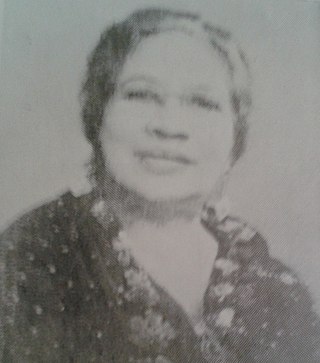
Lady Evelyn Johanna Publina de Soysa OBE was the third female member of the Senate of Ceylon.
